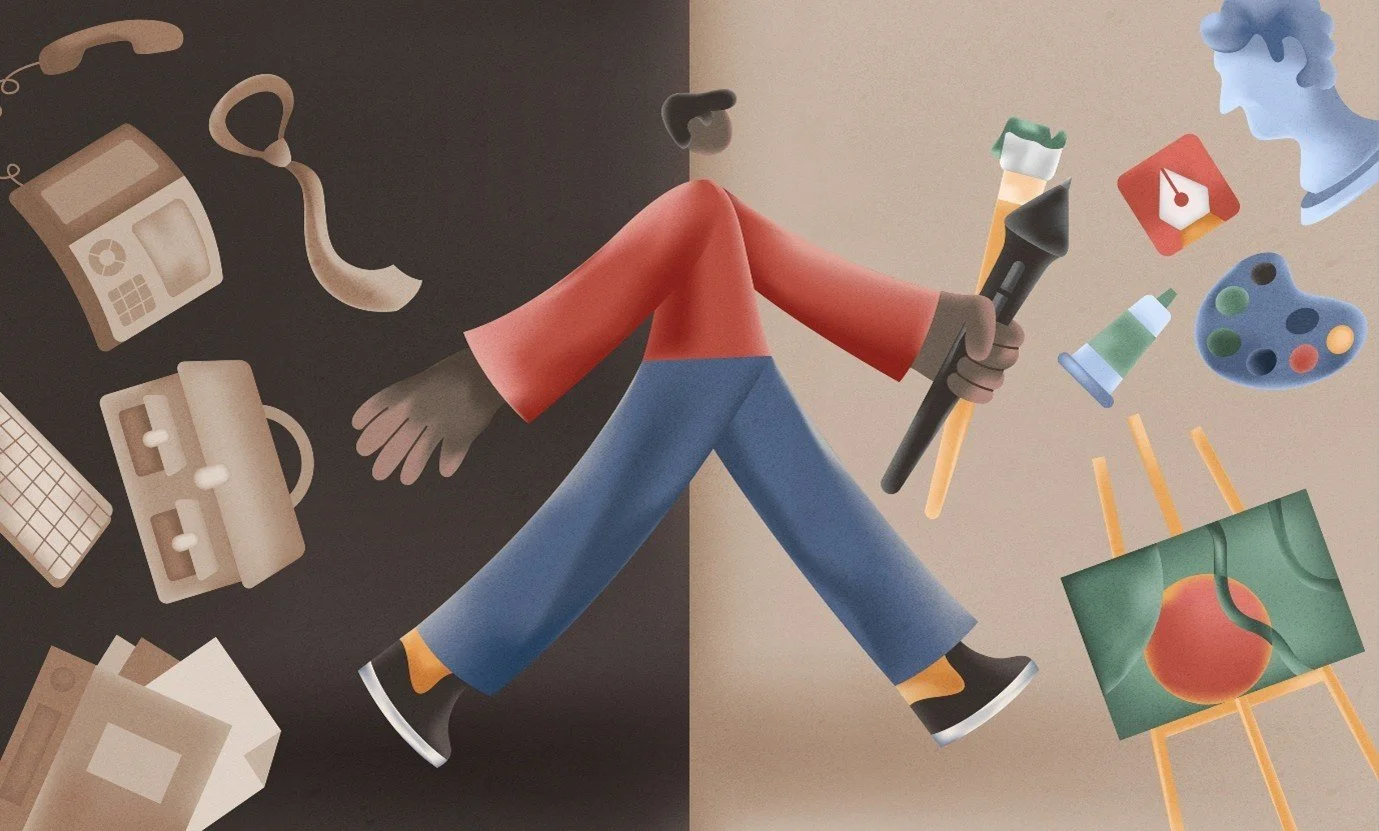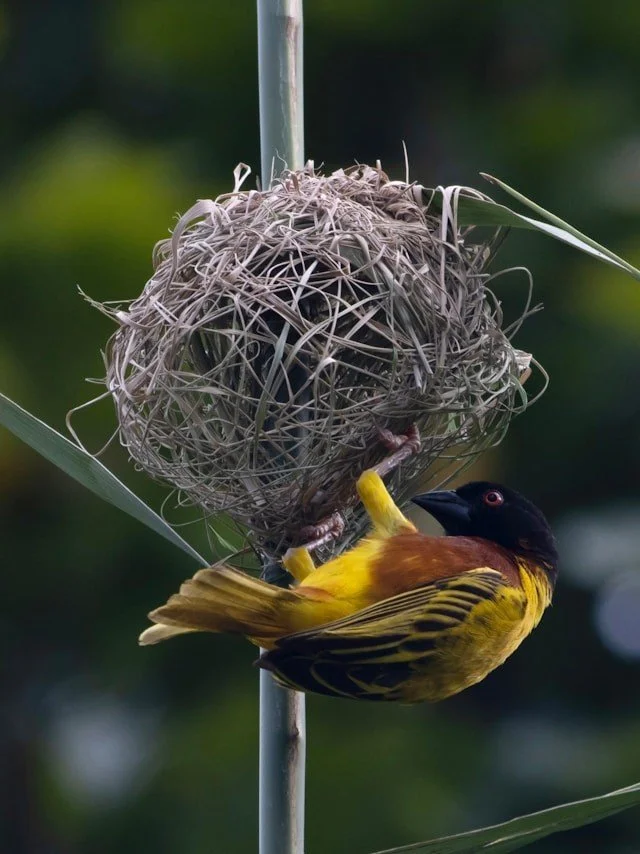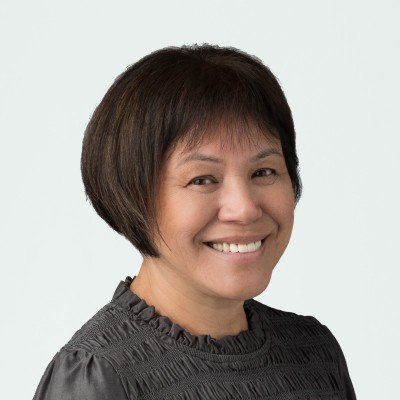When Change Doesn’t Fit in a Box
The Question That Keeps Coming Back
By Monica Leon
Lately, I’ve been sitting with a question that keeps resurfacing: “So, what kind of change or learning work do you do?” Most people expect a clear answer—one that fits neatly into a defined industry, a job title, or a problem-solution box. When I say, “I support people to create their own strategies—ones that make sense in their specific context,” the reactions vary. Some tilt their heads, unsure. Others offer advice: “You should really ground that in metrics—make the outcomes clear.”
And I get it. We’ve been trained to interpret work, especially work involving change, through measurable, predictable lenses. But the world of change isn’t always tidy.
Why Neat Solutions Don’t Stick
In complex, high-stakes environments, plug-and-play strategies often fall short. People are navigating shifting goals, invisible constraints, tangled relationships, and constant pressure. In those settings, what actually works are approaches that evolve with the people doing the work.
This post isn’t a greatest-hits recap of my programs over the last six years. It’s about the subtle shifts—the ripple effects—that I’m only now beginning to see and describe fully.
Language for the Invisible: Silent Transformations
In a past piece, I wrote about “falling out of love” as a lived experience of change—how we don’t always notice change, but we feel it. That reflection was inspired by the work of François Jullien, who explores the idea of “silent transformations”—slow, often imperceptible changes that accumulate over time.
That exploration opened the door to Robert Chia’s work and Nicholas Rescher’s Process Metaphysics, which challenges the traditional view that change must be intentional, planned, or owned.
Instead, it suggests that some of the most powerful shifts happen indirectly, through ordinary moments and repeated practices—unowned, unfolding, and quietly powerful.
AmirHadi Manavi Unsplash
A Practice Shaped by Complexity
Since 2016, my approach has been shaped by my practice and what I learned through the MSOD program at Pepperdine. That experience gave me a strong foundation in organisation development, systems thinking, and the human dynamics of change—tools I still carry with me.
But as I stepped further into real-world practice, I found myself drawn toward the questions that OD alone couldn’t always answer:
What happens when change doesn’t follow a linear path? How do we work with ambiguity, emergence, and resistance—not as obstacles, but as conditions for change/learning?
These questions led me to explore and apply complexity-informed methods in diverse settings, adapting interventions to match the unique dynamics of each system, especially when time, resources, or readiness were limited.
My practice deepened in 2019 with the discovery of Human Systems Dynamics (HSD), which draws on principles from complex adaptive systems, chaos theory, and non-linear dynamics to explain how systems evolve through internal interaction.
Petr Sidorov, Unsplash
Thinkers like Chris Mowles further expanded my lens, encouraging me to explore the messy interplay of people, power, and meaning-making, and to see beyond the traditional ways of thinking about systems, and moving beyond them, especially where the word itself begins to filter out what matters most.
This is how my work has evolved: grounded in OD, shaped by complexity, and refined by years of practice with real people in real systems, facing real constraints.
Change/Learning as Emergence, Not Imposition
Chia calls this lens process metaphysics—a way of seeing change not as something to impose, but as something that emerges through everyday adaptation. In this view, uncertainty isn’t a problem to solve—it’s a condition to navigate.
For example, during a crisis like the pandemic, organisations that stayed adaptable and were not married to fixed plans found ways forward. Their strength wasn’t in controlling conditions but in sensing and responding to them with flexibility and awareness.
Coping as a Change Strategy
Often, strategy arises through everyday coping. People make minor adjustments based on what’s right in front of them. Over time, those adjustments accumulate into a coherent direction, not imposed from above, but emerging from within.
A restaurant, for instance, might refine its menu based on seasonal ingredients and customer feedback—not a 5-year strategy deck, but perceptual sensitivity in action.
When we shift from judgment (“what’s wrong?”) to curiosity (“what’s the role of this?”), we begin to see how systems make sense of themselves.
Culture as Living Practice
Organisations are not static entities. They are bundles of evolving practices—temporary consolidations of habits, conversations, and shared experiences.
Culture doesn’t live in slogans. It lives in routines, rituals, inside jokes, and the ways people make decisions when no one’s watching.
Each organisation is shaped by its history, unexpected events, and environment. It has a unique rhythm of adaptation.
Wayfinding in Uncertainty
This is where wayfinding becomes essential. Unlike rigid planning, wayfinding is about iterative, context-sensitive action—adjusting as you go, staying attuned to your environment, and letting insight emerge through practice.
It's less about prediction, more about participation.
As Ellen Langer says, mindfulness—not models—is what keeps us adaptable. It’s about showing up with awareness, not assumptions.
Learning-Change as One Word
For me, learning and change are inseparable. Change happens all the time—whether we notice it or not. Learning is the way we catch up to what’s already in motion.
Think about how technology has transformed our lives and relationships. Nobody called us to a big meeting or announced the milestones; it happened without a project plan, and sadly, in some cases, we are living with the unintended consequences of those changes. We adapt through a mix of unconscious routines and unintended consequences. The question is: “Are we paying attention?”
Moving with the Flow
Nicholas Ng, Unplash
This doesn’t mean we abandon outcomes. It means we move toward them differently. Instead of pushing harder, we notice what’s unfolding and align our action with it.
As Jullien (2011) writes, actual influence spreads like dye in water—quietly, without resistance, reshaping the whole. But this kind of influence requires us to let go of heroic narratives and embrace the interdependence in our spheres and between ourselves.
What Kind of Change Do I Work With?
The kind that helps people see how they’re making sense of their world.
The kind that builds perceptual sensitivity instead of rigid frameworks.
The kind that prepares organisations to respond—not just react—to what’s emerging.
The kind that honours the ordinary as the source of the extraordinary. (As one Singapore Airlines director once said: “We’re an extraordinary company run by very ordinary people.”)
As Chia (2014.2017) suggests, the most enduring change happens when we allow it to—through slow, silent transmission and unconscious absorption of new practices.
A Call for a Pixilated View
Hongbin, Unsplash
That’s the kind of change I work with. And maybe—just maybe—it’s the kind we need more of.
I’m looking to connect with individuals and organisations ready to hold a more pixilated view of change—one that cares not just about outcomes but also about impact. One that sees imported solutions with a critical eye. One that understands change not as a one-time event but as an ongoing flow with which we can engage.
If that sounds like your world, or the one you’d like to create, let’s talk.
Monica Leon is an experienced OD practitioner, facilitator and coach who believes in tapping into the collective wisdom to co-create. Monica supports her clients in crafting flexible strategies to tackle complexity and uncertainty. She has worked, lived and studied in four continents. Monica currently lives and works in Auckland, New Zealand.








